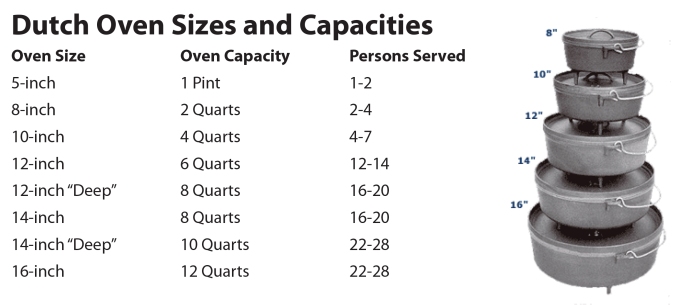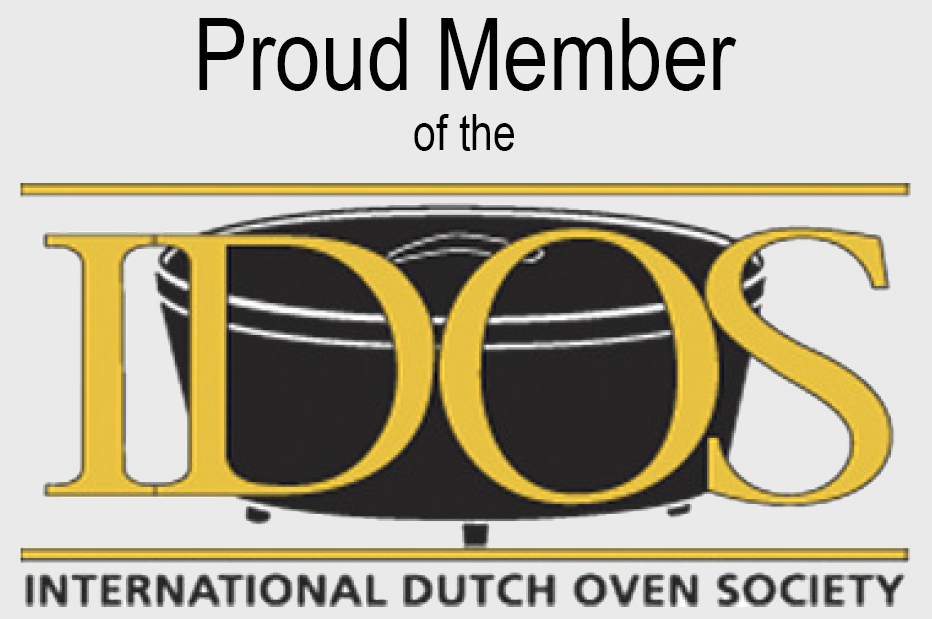More than 268 followers. 54 posts. 61 comments. More than 6,000 page views. 5 new recipe sub categories.
Wow! What a year!
I want to thank all my guinea pigs, I mean, family, friends, and scouts who taste tested every recipe I blogged about, and for all your comments and suggestions for blog ideas.
Let’s celebrate 2014 and look back at the 10 posts you gave the most “hits” to this year.
10. Cast Iron Cooking Colonized and Settled America
That’s a pretty bold statement, I know, but colonizing, exploring, pioneering, and trailblazing is hard work and the men and women who did that needed to be well-fed and cast iron cooking played a huge part in nourishing their bodies and souls. Read the post.
9. Perfect Peach Cobbler
Sunday was National Peach Cobbler Day so I made this one. It’s a great recipe. The peaches on the bottom are spiced with just a little cinnamon and the biscuit topping is light and fluffy. The peach filling and the topping integrate nicely. It tastes very much like pie. We decided serving it with ice cream is best, but it is also good all by itself. Read the post.
8. Think Inside the Box Part 2-Your Camp Pantry
Hard sided totes are a good choice for your camp kitchen pantry. Totes protect delicate foods from getting smashed and bruised, and keep foods organized and gathered in one place. Totes keep most critters out. I say most because we all know nothing can stop a bear determined to have that last jelly donut! Read the post.
7. I Got a Dutch Oven! Now What?!
Adding a Dutch oven to your camp cooking equipment opens up a world of possibilities. No longer are you limited to what you can boil in a pot or fry on a griddle on your propane stove. You are also no longer limited to two burners, which is the number of burners on the average camp stove. Just like in your home kitchen, you can have multiple dishes going in your camp kitchen. Read the post.
6. The Right Tool for the Right Job
The day I decided to fill a tote with everything I would need for Dutch oven cooking was a Red Letter Day* It was also a day when I kicked myself and asked, “Why didn’t I do this sooner?!” Read the post.
5. What Kind of Dutch Oven Should I Buy?
Recently, a friend said her husband had come back from a camping trip where he’d seen a couple of Dutch ovens in action and he wanted to get one. She wanted to know what I would recommend. Of course, my answer was, “Well, it depends.” Read the post.
4. Hash Brown Breakfast Casserole
I made this for the first time in March on our first Boy Scout campout of the season. It is my friend Susan’s recipe and she usually bakes it in the oven at home or in her RV. We thought it would be perfect for a Dutch oven and it most certainly was. We made this on Saturday morning for the Scoutmasters and it was a cold, crisp morning. This really hit the spot. It was warm, creamy, and filling. It was good all by itself, but when some of us plopped over easy fried eggs on top of it; it suddenly jumped to a whole new level of yumminess. Read the post.
3. DIY: Making Your Own Fire Starters
In my camp kitchen, when I need coals for Dutch oven or foil cooking, I start them in 1 or 2 chimneys, depending on how many I need. To get them going, I simply toss a couple of fire starters into the bottom of the chimney, load in the coals and light the fire starters. In a matter of minutes, I have fire blazing up through the chimney and igniting my coals. Coals are ready in about 15-20 minutes. Read the post.
2. Think Inside the Box Part 1-Your Camp Kitchen
Usually I’m encouraging you to think outside the box, but just this once, I want you to think inside the box, specifically your chuck box—the box (or boxes) that serve as your camp kitchen. Read the post.
And the most-popular post of 2014 was …
1. Cast Iron Seasoning
The weather is turning cold, windy and rainy. We’re not doing as much camping. Now is a good time to inspect the seasoning on your cast iron. Are there any gouges or thin spots in the seasoning? Is there any rust? Does it smell funky? Read the post.
Keep those comments and suggestions coming! Now, let’s make 2015 even better and let’s get outside and get cooking!























Recent Comments